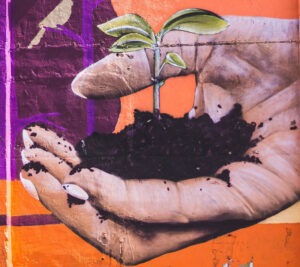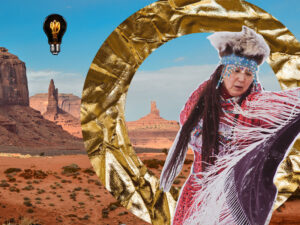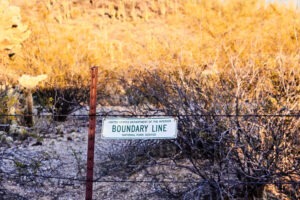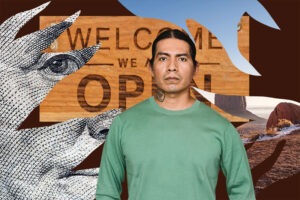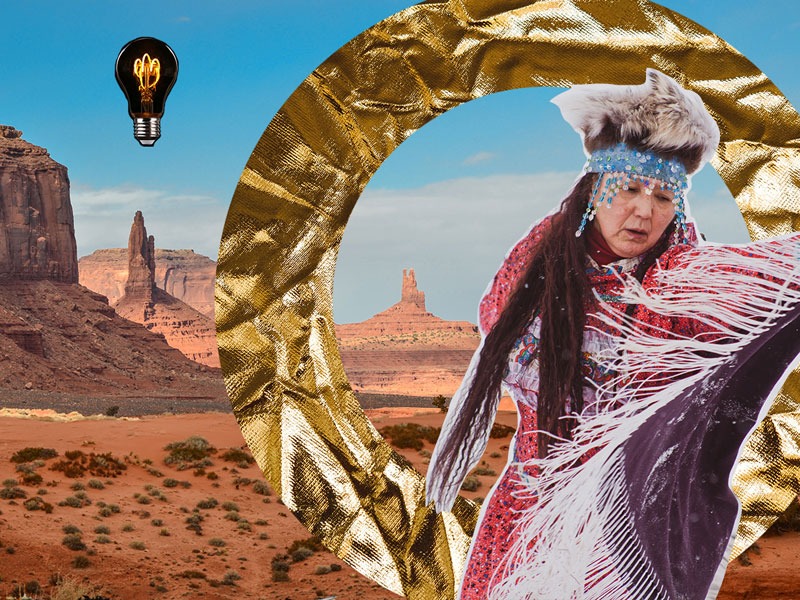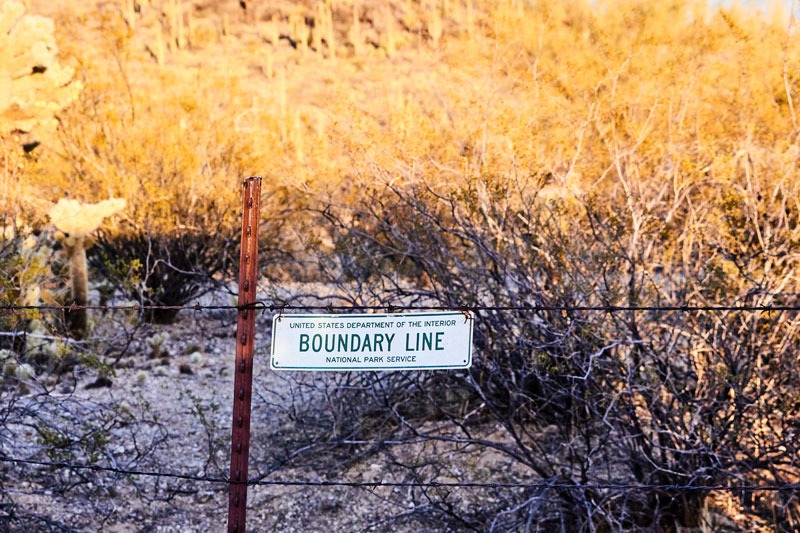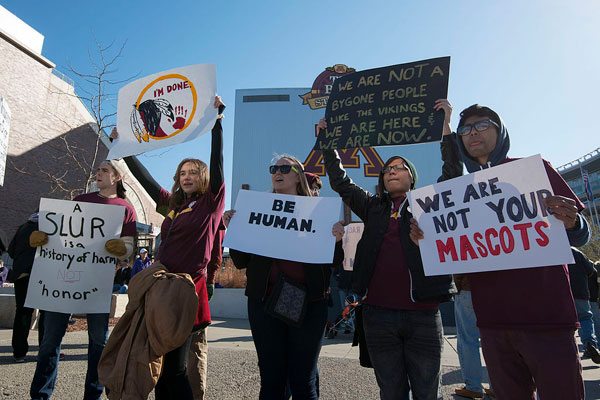
January 31, 2018; Smithsonian Magazine
“Since 1948, the Cleveland Indians’ uniforms have been adorned with the team’s official logo: a cartoonish, grinning Native American man known to fans as ‘Chief Wahoo,’” writes Brigit Katz for Smithsonian Magazine. This past Monday, however, Major League Baseball (MLB) commissioner Rob Manfred announced that the symbol will be removed from Cleveland uniforms by 2019, when Cleveland hosts the All-Star Game. “Chief Wahoo will also no longer be seen on banners and signs at Progressive Field, the Indians’ stadium,” Katz notes.
Paul Chaat Smith, who hails from the Comanche Nation and is an associate curator at the National Museum of the American Indian, recently helped develop an exhibit that opened January 18th called “The Americans.” NPQ profiled the exhibit shortly after it opened. In the words of Washington Post art critic Philip Kennicott, the exhibit examines “the fabrication of Indian identity by the dominant, European-derived American culture.”
Chief Wahoo is among the symbols on display, one example of the ways “many sports teams have appropriated names and imagery from Native American culture,” notes Katz.
Smith’s assessment of Chief Wahoo is scathing: “It’s an outrageous, racist caricature. And what’s worse is that in the city of Cleveland in Northern Ohio, it’s really the only visible representation you see of [American Indians].…That’s where it becomes this very insidious phenomenon that puts Indians completely in the past as a caricature.”
Smith elaborates on the complicated history of the use of American Indian symbols in sport. According to Smith, the 1876 Battle of Little Bighorn, in which Lakota Sioux and Cheyenne routed federal troops led by Colonel George Armstrong Custer—in a battle that also became known as “Custer’s last stand”—helped American Indians become “associated with being [a] fiercely intelligent and confident fighting force.”
Smith explains, “The original intent is not to denigrate your own team. That doesn’t really make sense. So, in the original notion, this is meant to be flattering.”
Sign up for our free newsletters
Subscribe to NPQ's newsletters to have our top stories delivered directly to your inbox.
By signing up, you agree to our privacy policy and terms of use, and to receive messages from NPQ and our partners.
It was a half-century later, however, when Chief Wahoo entered the scene. Katz says the logo’s origins trace back to 1932, when the Cleveland Plain Dealer created the cartoon image to cover the Cleveland Indians. “Chief Wahoo,” Katz adds, “became the team’s official logo in 1947, after former owner Bill Veeck commissioned a cartoonist to design an image for the team.”
In 2016, Cleveland won the American League pennant. With greater attention came greater criticism of the cartoonish image. Also that year, Katz notes, “an indigenous Canadian activist by the name of Douglas Cardinal tried—unsuccessfully—to seek a court injunction to block the Indians from using uniforms depicting Chief Wahoo while playing in Toronto.”
“There aren’t really other examples in all of popular culture and advertising in which you can point to something that’s quite as offensive as Chief Wahoo. So this one was really indefensible, in a way that it’s not a surprise that MLB had to finally insist it be removed,” says Smith.
Still, Smith’s cultural studies background helps him empathize with why many team fans have defended the logo. “The bonds between a city and its sports team are really deep and profound,” Smith observes. “When I see sports fans defend their mascot—even [an] obviously racist caricature like Chief Wahoo—what they’re really defending is their generations of commitment to that city, to that team, their family, their friends.”
Katz notes that Chief Wahoo’s retirement is not total. As Katz explains, “The logo will continue to appear on merchandise sold in stadium shops and retail outlets,” although Major League Baseball will not sell those items online. And the uniforms won’t be changed for one more year.
Still, Smith calls Major League Baseball’s action a “significant victory” in the ongoing struggle against cultural appropriation of American Indian images and symbols.—Steve Dubb


